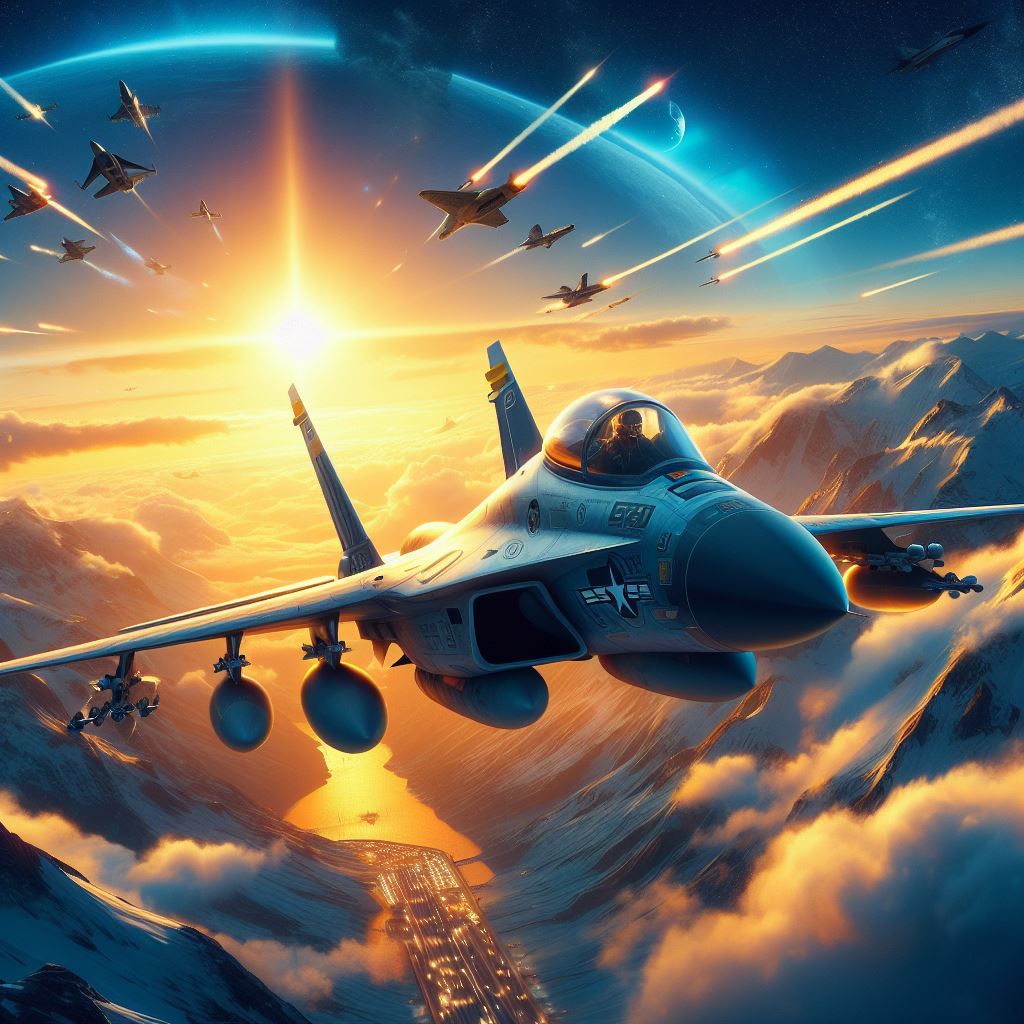On April 19, the Defense Advanced Research Projects Agency and the US Air Force jointly announced that they had conducted the first live-fly dogfights between human pilots and an AI-flown jet. The tests are carried out under DARPA’s Air Combat Evolution (ACE) Project, which has been going on for the last four years.
AI dogfights with human pilots
Col. James Valpiani, commandant of the Air Force Test Pilot School, and Lt. Col. Ryan Hefron, program manager of the Air Combat Evolution (ACE) Project under DARPA, talked to press reporters in a teleconference about the testing. They said that a highly modified F-16 research aircraft called X-62 VISTA (Variable Stability In-flight Simulator Test Aircraft) was loaded with AI functionality, and it engaged in a number of dogfights against stock versions of F-16 that were flown by human pilots.
The testing of the X-62 VISTA is part of the exercise carried out to evaluate the development of joint strike aircraft, aka Collaborative Combat Aircraft (CCA), as the USAF is anticipating to develop more than one thousand by the next ten years.
Sharing the limited details, they refused to reveal the findings of the initial dogfights, saying they were classified. But they said that the AI algorithms were first trained on non-dogfight flights on VISTA, and 21 mission flights were carried out before transitioning to dogfights starting back in 2022.
The interesting part is that a different approach was carried out to train the AI. It was trained by allowing the algorithm to teach itself by running billions of simulations about how to control and maneuver the aircraft in a wide range of possibilities, different flying conditions, and rules of engagement for the mission, as they avoided the usual approach of feeding the system with hundreds of engagement reports of pilots.
AI performs against human pilots with accuracy
It was also told that various AI agents were onboard Vista along with two human pilots who switched between these agents to evaluate their performance, and the best part was that human pilots never had to take control of the aircraft from the AI during the entire run-up.
According to Lt. Col. Hefron, the AI consistently performed better against human pilots during initial testing, which was carried out on simulators to verify the AI’s capabilities, but he said that the simulator flights did not include the flying rules about not to stress the airframe to its breaking point. And that it was added to the algorithm before the live-fly sessions began. It was also made sure that the simulation flights were continuously safe before the actual live-fly engagements were carried out.
Col. Valpiani said the students of the flight test school had a major role in planning the tests. According to him, VISTA was first flown defensively on AI and slowly put to more offensive roles, even coming as near as 2000 feet of a human opponent.
Valpiani told that dogfighting is a dangerous engagement, and dozens of collisions have happened over the years in the F-16 and F/A-18 communities. According to him, it is one of the most demanding aerial skills to perfect, and for this very reason, all their emphasis was on safety.
Gen. Mark D. Kelly, former head of Air Combat Command, had been insisting that before the Air Force involves in acquiring AI, fighter pilots must be satisfied completely with regards to safety and trust in the system. As they will be collaborating with it, and without their satisfaction, they will resist the tech. More tests will be carried out as the Air Force continues the program, and Air Force Secretary Frank Kendall will also fly in the VISTA to get firsthand experience of the system.
The original story can be seen here.




